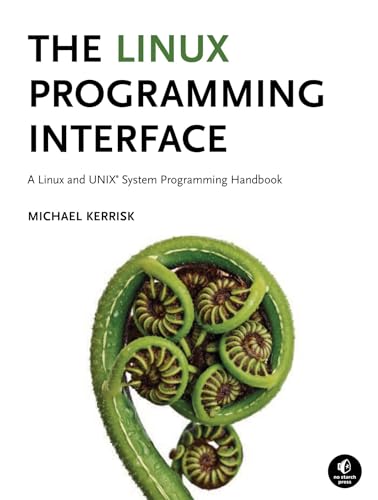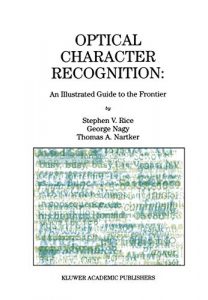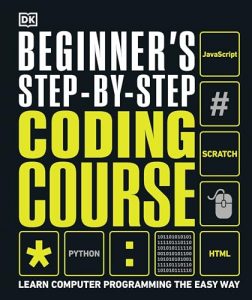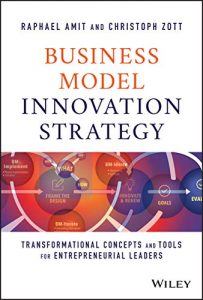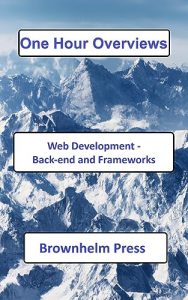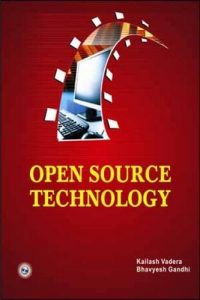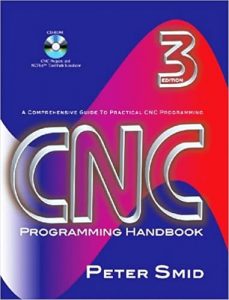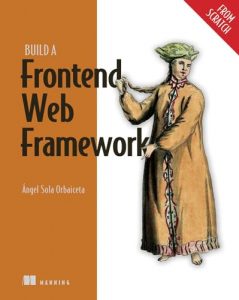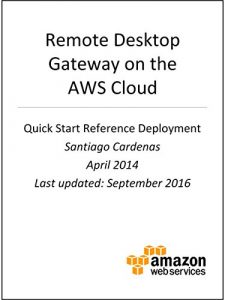The Linux Programming Interface: A Linux and UNIX System Programming Handbook
If you’re venturing into the realm of Linux system programming, look no further than “The Linux Programming Interface” by Michael Kerrisk. This comprehensive resource offers an in-depth understanding of the Linux programming environment, allowing readers to master crucial concepts ranging from system calls to inter-process communication. This book is structured in a way that it guides both novices and experts towards understanding the intricacies of Linux with engaging examples and explanations. Don’t miss out on owning a book that not only helps you tackle Linux but also enhances your programming skills essential for real-world applications.
Guide to Operating Systems (MindTap Course List)
Greg Tomsho’s “Guide to Operating Systems” stands out with its detailed yet accessible approach towards understanding various operating systems. This book is designed to provide a practical framework that covers diverse operating systems, which is a crucial knowledge area for any aspiring IT professional today. The book not only delves into theoretical concepts but also arms you with practical tools to ensure you can effectively navigate and utilize operating systems in real-world scenarios. It’s a must-have reference for students and professionals alike who wish to expand their technical foundation.
The Design of the UNIX Operating System
For those wanting to delve into the foundational elements of UNIX, Maurice Bach’s classic “The Design of the UNIX Operating System” is an exemplary choice. This book meticulously explores the architecture, details the algorithms, and describes the system calls that weave the magic behind UNIX. Ideal for intermediate programmers, it emphasizes not only the principles behind UNIX but also its design philosophy, paving the way for readers to appreciate why UNIX remains a powerful platform for development. It’s more than a book; it’s an insight into a timeless system.
Understanding Operating Systems
“Understanding Operating Systems” by Ann McHoes and Ida M. Flynn is an excellent resource for anyone who desires a foundational grasp of operating system concepts. This well-structured guide combines theoretical dimensions with real-world application, making complex topics accessible through clear explanations and engaging visuals. Each chapter builds upon the last, gradually enhancing your understanding to prepare you not just academically, but for practical application in the field. An indispensable read for students preparing for exams or professionals attempting to refresh their knowledge.
Operating Systems: Internals and Design Principles (8th Edition)
William Stallings has once again established a definitive work with “Operating Systems: Internals and Design Principles (8th Edition).” This book not only covers hardware-software interaction seamlessly but also examines the latest graphic components along with the keywords of operating systems in a detailed manner with clarifying examples. By integrating real-world scenarios, it helps bridge the gap between theory and application. Armed with this book, readers can confidently tackle operating system challenges in today’s complex environments. It’s essential reading for students and professionals aiming to expand their technical prowess.
Systems Performance (Addison-Wesley Professional Computing Series)
“Systems Performance” by Brendan Gregg reveals a detailed approach towards understanding how systems function at optimal levels. In this engaging text, readers navigate the nuances of performance analysis techniques which are critical in diagnosing and rectifying system problems. It is grounded in real-world scenarios that explore the dynamics of performance and provides essential insights into how you can enhance system efficiency. This makes it an essential tool for anyone involved in systems analysis or administration, helping them to stay ahead of the curve in performance optimization.
Operating Systems: Design and Implementation (Second Edition)
Andrew S. Tanenbaum and Albert S. Woodhull’s “Operating Systems: Design and Implementation (Second Edition)” continues to be a flagship text in the world of operating systems education. Characterized by a hands-on approach, this work delves into both the theoretical and practical aspects of OS design, enticing even non-technical readers with its clarity and engaging style. It’s particularly notable for its comprehensive coverage of the critical elements stemming from the design of the MINIX operating system. This book is a vital asset for those aspiring for a career in computer science and engineering.
Operating Systems: Internals and Design Principles, 9/e
William Stallings’ latest edition of “Operating Systems: Internals and Design Principles” reinforces essential concepts while delving into cutting-edge developments in the field of operating systems. Aimed at both students and professionals, it navigates through both the fundamentals and advances in operating systems, merging concepts with applications in today’s technology landscape. Clear explanations, accompanied by real-life examples, accentuate the learning process, making this text a significant resource that sharpens your technical acumen while equipping you with knowledge to face real-world applications.
Modern Operating Systems
Andrew S. Tanenbaum and Herbert Bos bring forward the latest insights in “Modern Operating Systems”. This edition explores both traditional and emerging operating systems with important attention shaped towards contemporary programming practices. Through detailed case studies and examples, it emphasizes aspects crucial for understanding the existing and future trends in OS development. If you’re looking to broaden your horizons in understanding diverse OS architectures, trends, and how they integrate with modern applications, this is an essential title to add to your reading list.
How Linux Works, 3rd Edition: What Every Superuser Should Know
Brian Ward’s “How Linux Works, 3rd Edition” is a definitive manual for anyone seeking to understand the inner workings of the Linux operating system. With straightforward explanations and practical insights, this book demystifies complex concepts and makes them approachable, empowering users to fully harness the power του Linux. Ideal for both beginners and experienced users, it covers key topics like system architecture and file systems in a clear and engaging manner, making it a must-read for those eager to deepen their grasp of Linux.

